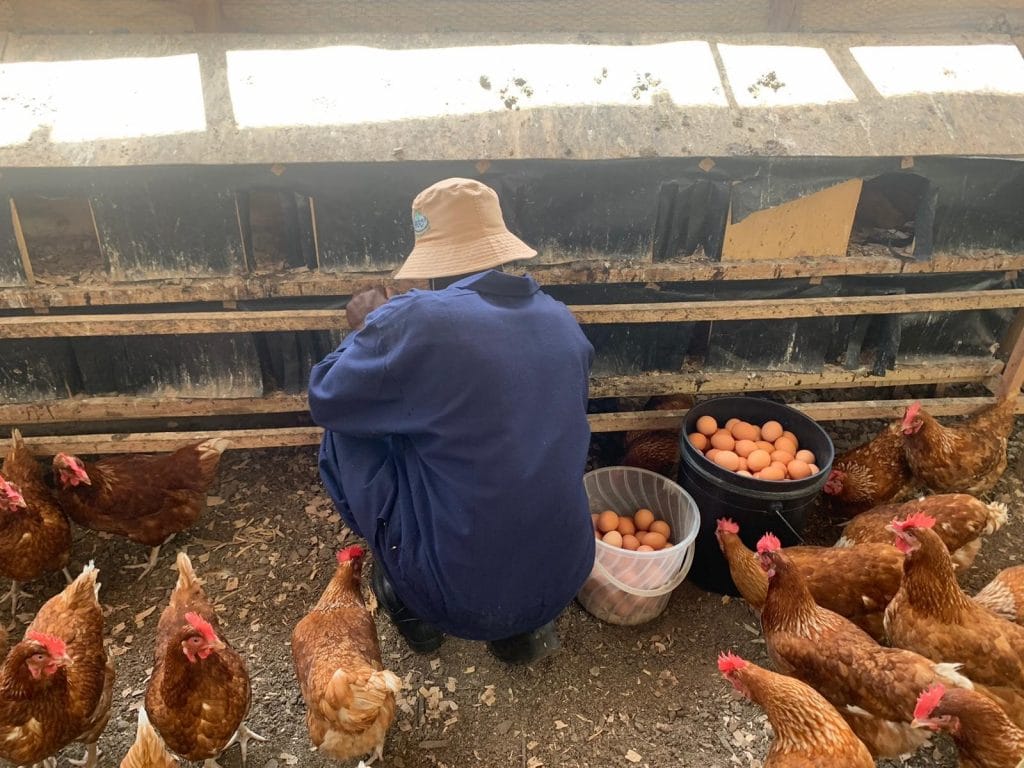Last month, the U.S. Grains Council (USGC) traveled to Kenya to conduct an oversight visit of ongoing programs in the region, as well as meet with key animal feed and livestock stakeholders in the region. Despite the COVID-19 pandemic, the Council has moved forward with a sorghum feeding trial for poultry in Nairobi.
The trials are intended to introduce the Kenyan feed industry to the benefits of sorghum, and the Council and Unga Farm Care, a leading animal feed manufacturer in East Africa, have acted as partners throughout the trials via virtual interactions.
Funded by the U.S. Department of Agriculture’s (USDA’s) Quality Sampling Program (QSP), the Council procured and shipped 60 metric tons (MT), or 2,362 bushels, of U.S. sorghum to the Port of Mombasa late last year. A key component of the QSP program is its focus on developing a new market or new use for a given U.S. product. While sorghum use in animal feeds is common in many markets in which the Council operates, in Kenya it has been rarely used in animal feed rations.
“Demand for corn across East Africa continuously surpasses supply. In a typical year, the region can face upwards of a 2 million metric ton shortage of corn. Kenya relies on corn imports to meet local demand each year,” said Katy Wyatt, USGC manager of global strategies.
“With a GMO ban in effect in Kenya and corn in short supply across the region, animal feed prices have been on the rise in recent years. Sorghum can act as a substitute, or partial substitute, to corn in animal feed rations. If used in Kenya, it could not only help reduce the cost of finished feeds, but also the cost of poultry and eggs for consumers, creating a potential win-win situation for producers and consumers.”
The trials have been a team effort among Council consultants based in the United States, South Africa and Kenya, working jointly with local partners and consultants on the ground in Kenya.
As the Council works to finalize the data from the completed broiler and layers trial, the initial results of the trials have been overwhelmingly positive against the control corn diet. Sorghum has proven to be a viable substitute for corn in poultry feeds within the scope of the trial. Broilers, for which sorghum completely replaced corn in the trial, performed well against the control diet, with culled birds being well within the desired weight range. Layers, for which sorghum replaced 50 percent of the corn used, have also shown favorable results – eggs in the local market are not sold by weight, but by volume (30 eggs per tray).
“The Council is excited about the results of the sorghum feeding trials; however, it is even more excited about the reaction it has been receiving from the Kenyan feed industry to date,” Wyatt said.
With the results of the trial in hand, the Council plans to share the information with the broader industry through the Association of Kenya Feed Manufactures (AKEFEMA), a key partner of the Council’s on the ground.
Read more about the feeding trials in Kenya.
About The U.S. Grains Council
The U.S. Grains Council develops export markets for U.S. barley, corn, sorghum and related products including distiller’s dried grains with solubles (DDGS) and ethanol. With full-time presence in 28 locations, the Council operates programs in more than 50 countries and the European Union. The Council believes exports are vital to global economic development and to U.S. agriculture’s profitability. Detailed information about the Council and its programs is online at www.grains.org.

